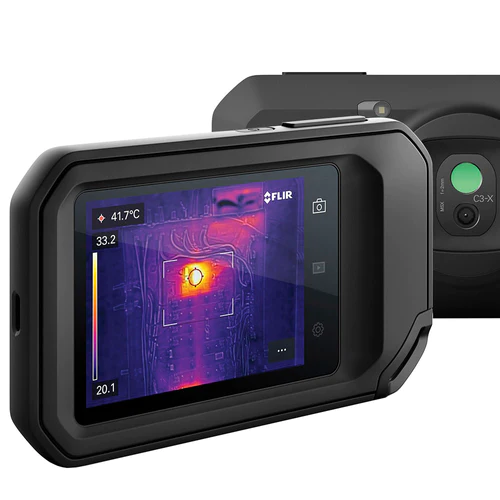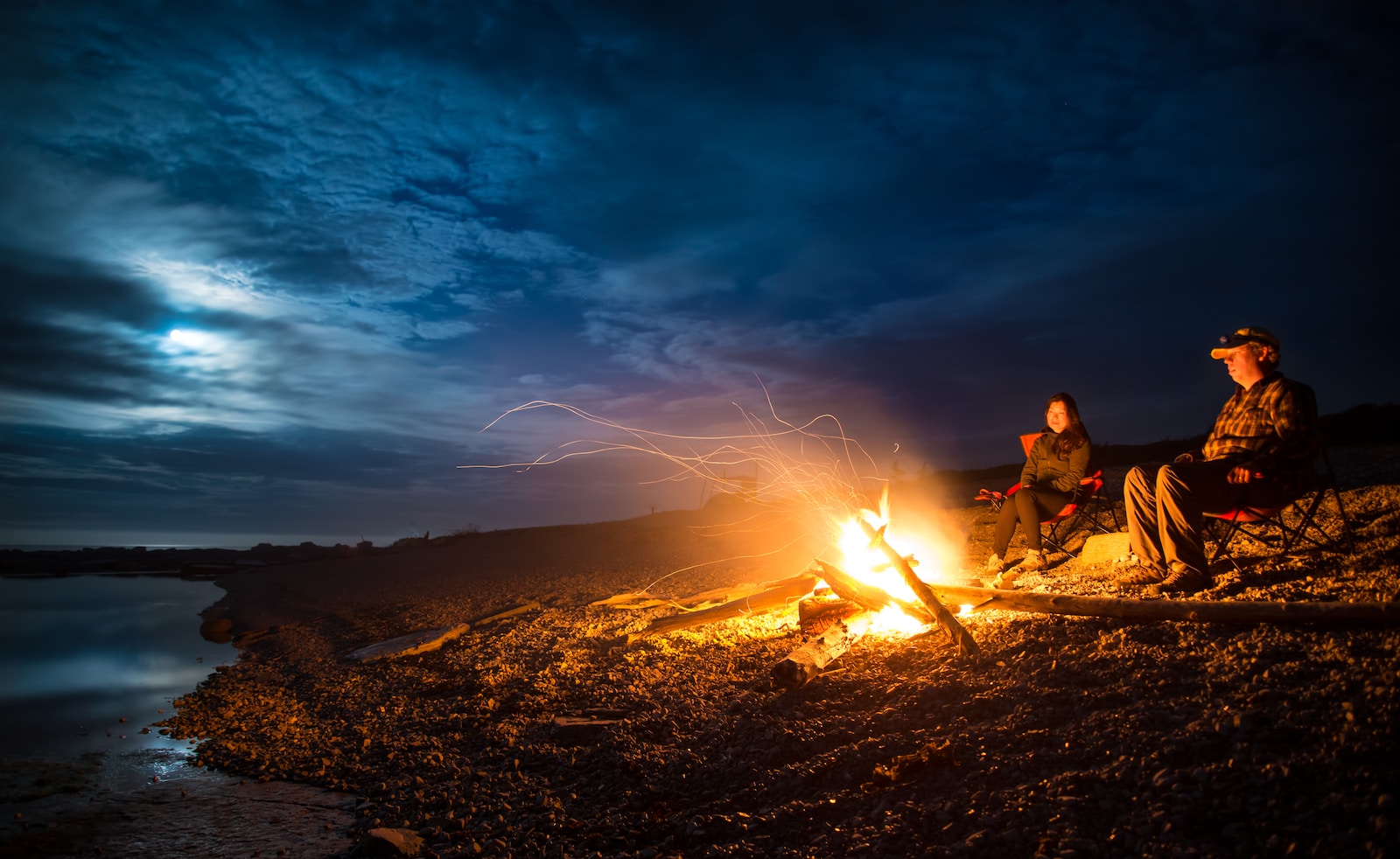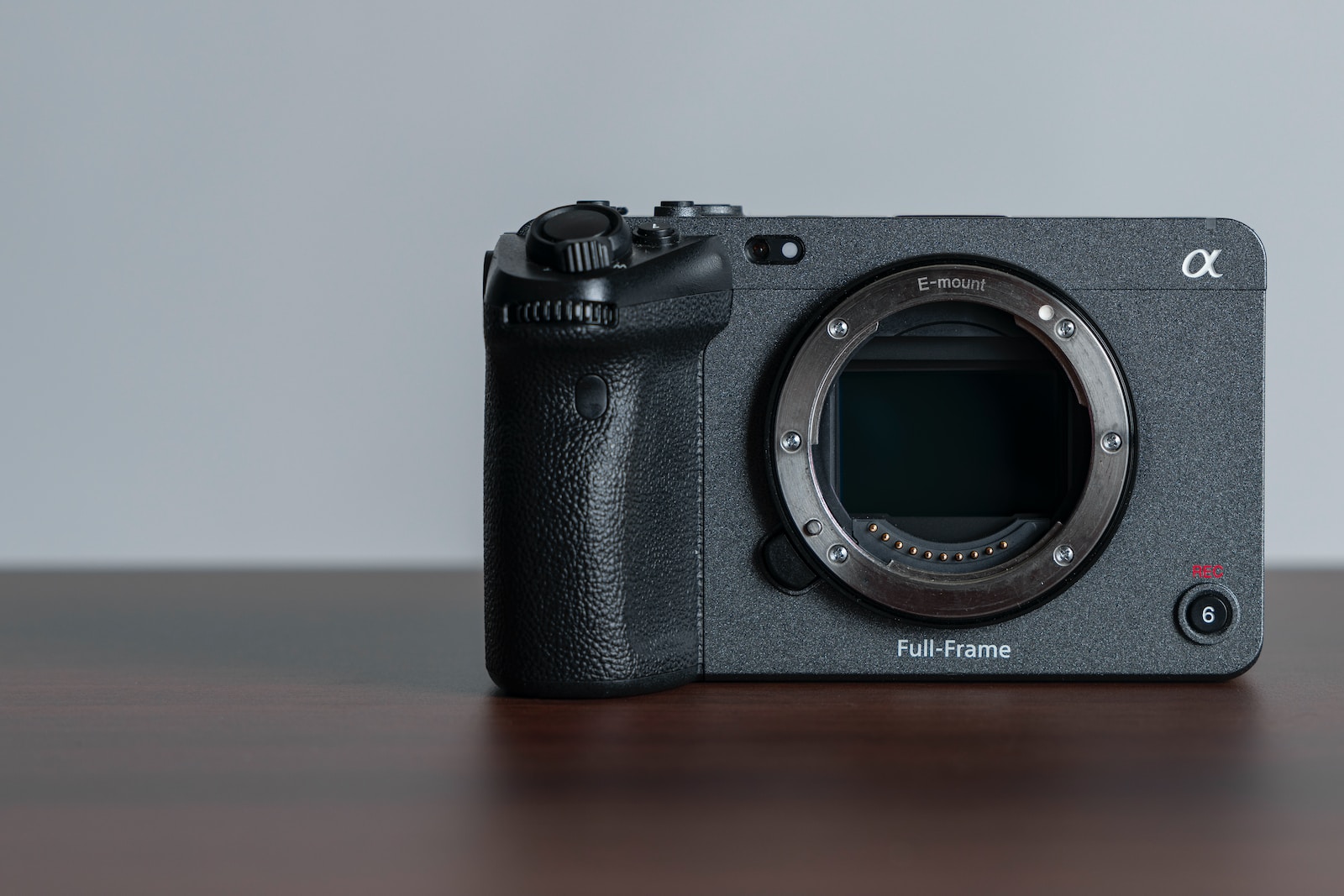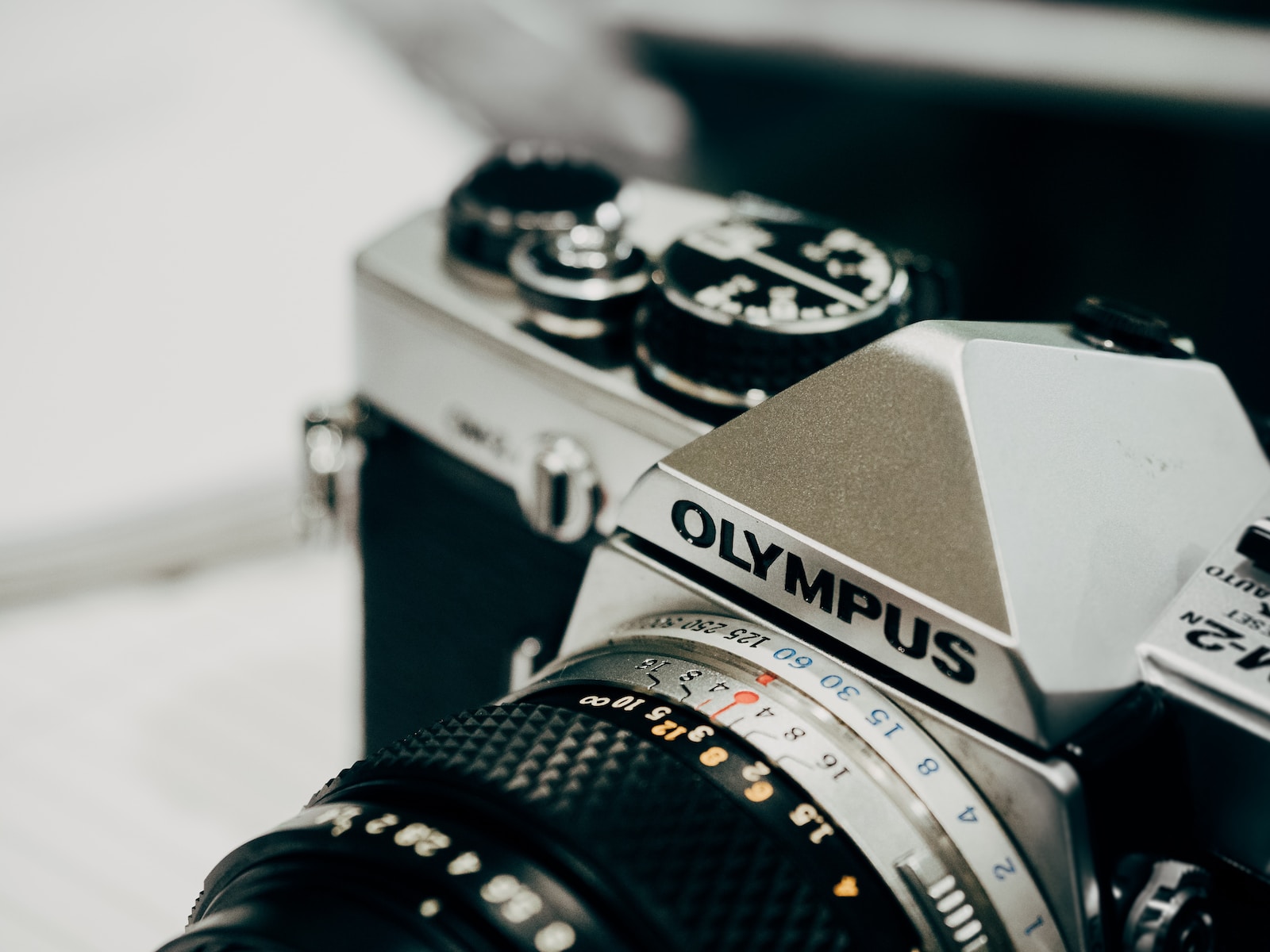Are you struggling with troubleshooting and maintaining your infrared camera? Look no further! Our comprehensive guide offers expert advice on resolving common issues and providing top-notch maintenance tips for infrared cameras. From tackling sensor problems to mastering cleaning techniques, we’ve got you covered. Whether you’re a professional photographer or a keen hobbyist, this blog will provide you with the knowledge you need to keep your infrared camera in perfect working condition. So, let’s dive in and explore the world of infrared camera troubleshooting and maintenance!
Table of Contents
Cleaning Techniques for Your Infrared Camera
Keeping your infrared camera clean is vital for optimum performance. Regularly removing dust, smudges, and debris from the lens and body can prevent image quality degradation and ensure accurate readings. To clean your camera effectively:
- Use a clean, microfiber cloth to gently wipe the lens in a circular motion, starting from the center and moving outward.
- For stubborn stains or fingerprints, apply a small amount of lens cleaning solution to the cloth, then carefully clean the lens.
- Never spray the cleaning solution directly onto the lens as it can seep into the camera and cause damage.
Common Sensor Issues and How to Troubleshoot Them
The sensor is the heart of your infrared camera, and issues with it can significantly impact image quality. Here are a few common sensor problems and how to troubleshoot them:
- If you notice abnormal hot or cold spots in your images, it could indicate a faulty sensor. Contact a professional technician for repairs or a replacement.
- Dead pixels are small, bright dots that appear consistently in images. Most cameras have built-in sensor mapping tools to help identify and remove dead pixels.
- Flickering images or odd colors could be caused by a loose connection between the sensor and the camera. Ensure all connections are secure and consider professional assistance if the issue persists.
Maintaining Optimum Performance
Maximize the longevity of your infrared camera and ensure consistent performance by following these best practices:
- Regularly update your camera’s firmware to benefit from the latest enhancements and bug fixes provided by the manufacturer.
- Store your camera in a clean, dry environment away from extreme temperatures and humidity.
- Use a protective case when transporting your camera to prevent damage from accidental bumps or drops.
Did you know? Infrared cameras were originally developed for military use during World War II but have since found widespread applications in various fields, including professional photography and thermography.
Professional Assistance: When to Seek Help
While regular maintenance can prevent many issues, there may be instances where professional assistance is required. Consider seeking help if:
- You are experiencing consistent and persistent problems despite following troubleshooting steps.
- Your camera requires calibration or specialized adjustments to ensure accurate readings.
- You notice physical damage to your camera, such as a cracked lens or loose components.
By implementing the maintenance tips and troubleshooting techniques outlined in this guide, you can keep your infrared camera in optimal condition and enjoy superior image quality. Remember to perform regular cleaning, address sensor issues promptly, and follow best practices for storage and transportation. By maintaining your infrared camera properly, you can capture stunning infrared images and unleash your creativity with confidence!
A How-To Guide for Troubleshooting and Maintaining Infrared Cameras
Are you having issues with your infrared camera? Don’t worry, we’ve got you covered with some handy troubleshooting tips and maintenance techniques to keep your camera in top shape. Here’s a step-by-step guide to help you overcome common challenges and ensure your infrared camera performs at its best:
1. Cleaning the Lens
The lens is a crucial component of your infrared camera, and it’s important to keep it clean to avoid distortion or blurred images. To clean the lens:
- Start by using a soft brush or air blower to remove any loose dust or debris from the surface.
- Gently wipe the lens using a lens cleaning solution and a microfiber cloth. Avoid using rough materials or excessive pressure to prevent damage.
- For stubborn smudges or fingerprints, you can use lens cleaning wipes specifically designed for camera lenses.
- Repeat this process regularly to ensure optimal clarity in your images.
2. Checking and Cleaning the Sensor
The sensor is the heart of your infrared camera, and any issues with it can lead to poor image quality. Follow these steps to check and clean the sensor:
- Inspect the sensor for any visible dirt, dust, or debris. If you can see anything, this may affect the image quality.
- If you notice any contaminants, use a sensor cleaning kit to gently remove the particles. Follow the manufacturer’s instructions for best results.
- Take extra caution when cleaning the sensor, as it is a delicate component. If you are unsure, it’s always best to seek professional assistance.
3. Calibrating the Camera
Calibrating your infrared camera ensures accurate measurements and reliable results. Here’s how you can calibrate your camera:
- Refer to your camera’s user manual for specific calibration instructions.
- Typically, calibration involves adjusting the emissivity and reflected temperature settings to match the surface being measured.
- Regularly check and recalibrate your camera to maintain accuracy over time.
4. Protecting Your Camera
Proper handling and storage are key to extending the lifespan of your infrared camera. Consider the following tips:
- Use a protective case or bag to shield your camera from dust, moisture, and extreme temperatures.
- Avoid exposing your camera to direct sunlight or other intense light sources.
- When not in use, remove the batteries to prevent potential damage from leaks.
By following these troubleshooting and maintenance tips, you can keep your infrared camera performing at its best and capture stunning thermal imagery for your professional photography needs. Remember, regular maintenance and care go a long way in preserving the longevity and functionality of your camera. Happy shooting!

Frequently Asked Questions
1. How do I clean my infrared camera?
Proper camera maintenance is essential for optimal performance. To clean your infrared camera, use a soft, lint-free cloth to gently wipe the lens and body. Avoid using harsh chemicals or abrasive materials that could damage the camera.
2. Why is my infrared camera producing blurry images?
Blurry images can result from various factors. Firstly, check if the lens is clean and free from smudges. Additionally, make sure the camera focus is set correctly. If the issue persists, consider consulting a professional for further troubleshooting.
3. What should I do if my infrared camera’s sensor is not working properly?
If you suspect sensor issues with your infrared camera, try cleaning it using a sensor-cleaning kit specifically designed for your camera model. If the problem continues, it’s best to reach out to a professional technician or the camera manufacturer for assistance.
4. Can I perform maintenance on my infrared camera at home?
While basic maintenance tasks like cleaning can be done at home, it is recommended to leave complicated repairs or issues to professionals. Attempting to fix complex problems without proper knowledge may lead to further damage or void the camera warranty.
5. Is it worth investing in professional photography for infrared cameras?
Professional photography can elevate your infrared imaging results, especially if you require highly accurate and detailed images for specific applications. Skilled professionals have the expertise to capture the best shots and bring out the full potential of your infrared camera.
Wrap Up
Now that you have learned the essential troubleshooting and maintenance tips for infrared cameras, you are well-equipped to handle any issues that may arise. Remember to regularly clean your camera to ensure optimal performance. If you encounter sensor problems, don’t hesitate to seek professional assistance.
We hope this guide has been valuable in helping you understand how to keep your infrared camera in top-notch condition. If you have any additional questions or experiences to share, we encourage you to leave a comment below. Let’s engage in a discussion and share our knowledge to help fellow photography enthusiasts!


